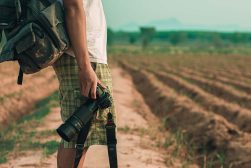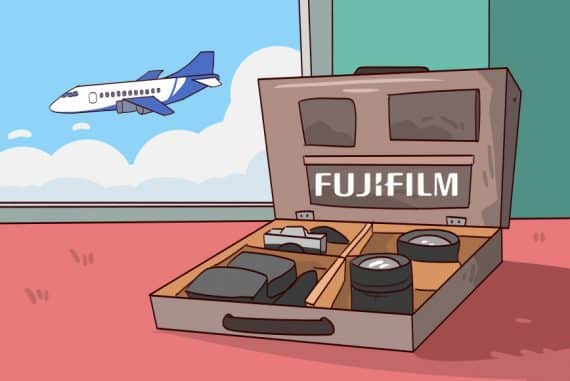

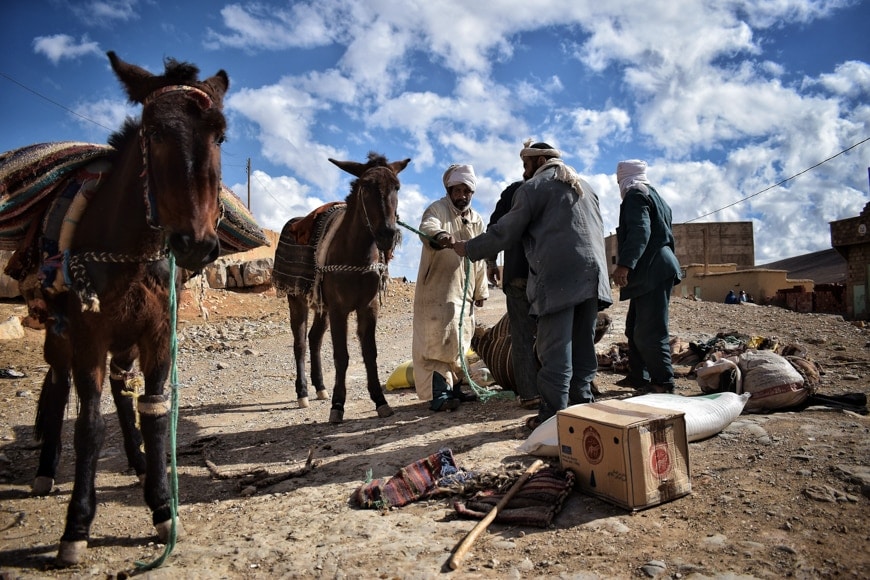

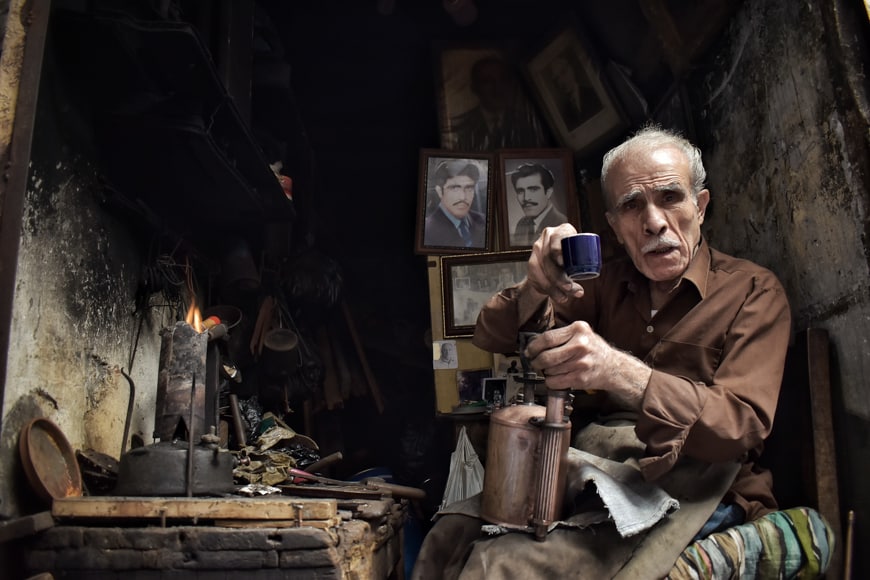


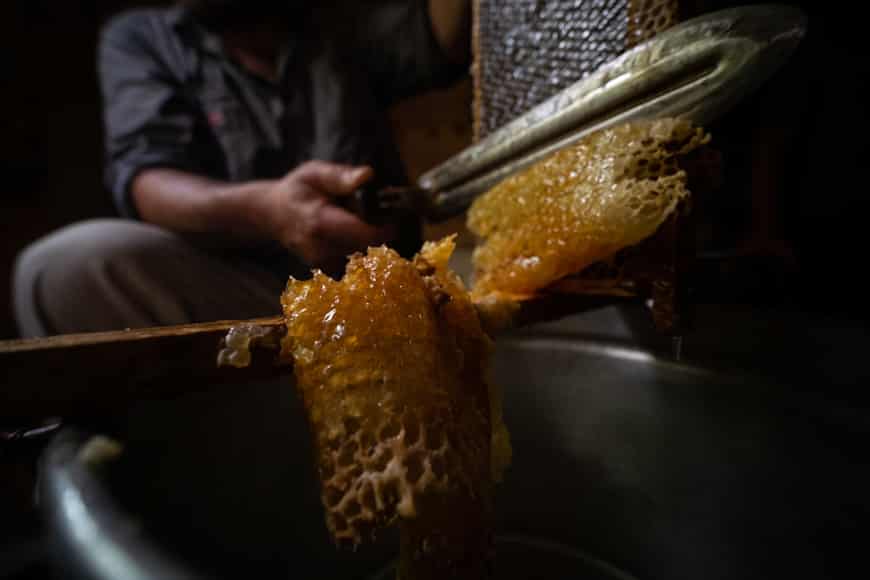
João Sousa
Travel | Last Updated: November 27, 2020
Hello, I’m João, a Portuguese travel and documentary photographer.
I grew up surrounded by a paraphernalia of camera gear and photography publications such as National Geographic, Geo, and Time Life, collected by my father and grandfather.
I would spend hours marveling at those evocative portraits by Steve McCurry and dream of traveling, one day, and exploring those mysterious locations.
I decided to take photography more seriously 12 years ago and was closely mentored by my friends, Andre Brito (a documentary filmmaker) and Robert Whetton (a wedding photographer), who gave me invaluable suggestions and inspiration on how to improve my photography.
In 2015, I took a year off from work and solo backpacked across North Africa, the Balkans, and, eventually, ended up in Lebanon.
My dream came true when I decided to dedicate myself, entirely, to traveling and photography, which has taken me to places and people, I had no idea existed.
In the past five years, I have lived with mountain nomads, anarchist squatters, artists, refugees, shepherds, and many other people from different backgrounds, learning about their lives and capturing them through my lenses.
This has been the most fulfilling experience, for me, and it has motivated me to keep going and improve myself as a photographer. My work is now published in various countries, such as Portugal, Lebanon, Slovenia, Croatia and Morocco.
Cameras
Traveling light means packing light. But I didn’t want to sacrifice gear quality, so I went for the Fujifilm X mirrorless system.
Fujifilm offers light, resistant gear with superior glass. Their regular firmware updates allow any Fuji user to continue using their existing gear without necessarily feel forced to move to new gear.
I currently have the Fujifilm XT1 and XT2, both rugged and weather resistant, with exceptional performance. They have fantastic in-camera, RAW conversion options, too, and the WIFI facility lets me quickly transfer JPEG files to my smartphone (which is a great way to share photos with people on the go).
One of the best elements of the mirrorless system is the silent shutter, which allows me to photograph people without being intrusive (a must for documentary photography purposes).
Lenses
For all-around purposes, I use the Fujifilm 18-55mm f/2.8 (don’t be fooled by the fact that it’s a kit lens; it’s fast and very versatile) and the Fujifilm 23mm f/2 (great for wedding and street photography, it’s fast, light, compact, and weather sealed).
For portraits, as a travel photographer, I could have gone for the Fujifilm 35mm f/2 and Fujifilm 50mm f/2 (review), as they are very compact, light, fast, and weather sealed. However, I decided to go for the larger, heavier, and slower Fujifilm 35mm f/1.4 and Fujifilm 56mm f/1.2 lenses for their exceptional glass and extra bokeh. They are that good!
Lately, I have also been using the Laowa 9mm f/2.8. This little gem of a lens allows me to go very wide with very little to no distortion. The lens has manual focus only, but it’s very easy to use after some practice.
Extra Gear
One of the few downsides of the mirrorless system is battery life. So I choose to always carry 4 or 5 batteries just to be on the safe side.
I rarely use a tripod, but in those few occasions (timelapses, for example), I take with me the small, flexible tripod. Its legs are great because they can hold onto pretty much any surface.
I cannot travel without a basic cleaning kit, especially to areas where my camera gear will be exposed to dust and sand, so I always take with me the Hama dust blower and lens pen.
For data storage, I use external disks from WD My Passport 2TB.
www.joaosousaphotos.com | @joaocbsousa
Inside João Sousa’s camera bag:

Check out these 8 essential tools to help you succeed as a professional photographer.
Includes limited-time discounts.







